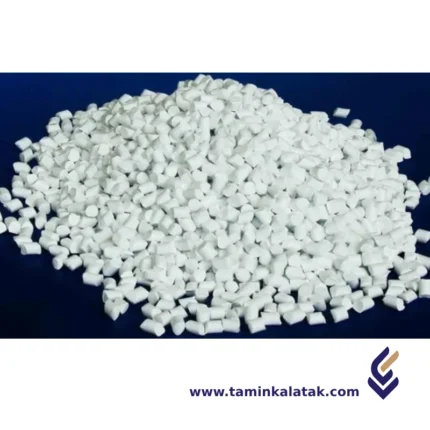Smoothing Masterbatch
Smoothing masterbatch is an additive used in plastic manufacturing to enhance the surface quality of plastic products. It helps reduce roughness, improve gloss, and eliminate surface defects such as flow marks, weld lines, and die lines.
Structure
Smoothing masterbatch is typically composed of a carrier resin, functional additives, and processing aids. The carrier resin, often polyethylene (PE) or polypropylene (PP), ensures compatibility with the base polymer and facilitates uniform dispersion. Functional additives such as silicone-based compounds, waxes, or specialty lubricants are incorporated to reduce surface roughness and enhance flow properties. Processing aids help in minimizing defects like melt fracture, sharkskin, and flow marks by improving the polymer’s rheological behavior during extrusion or molding. The structure of the masterbatch is designed to be thermally stable and miscible with the target polymer, ensuring effective performance without negatively impacting mechanical properties. It is usually available in granular or pellet form, making it easy to handle and dose during manufacturing processes.
Properties
Smoothing masterbatch possesses several key properties that enhance the surface quality and processability of plastic products. It has excellent dispersion characteristics, allowing uniform distribution within the polymer matrix to ensure consistent performance. The masterbatch reduces surface roughness and enhances gloss by modifying the flow behavior of the molten polymer, preventing defects like melt fracture and flow marks. It also exhibits good thermal stability, maintaining its effectiveness even at high processing temperatures without degradation. Additionally, it improves lubricity, reducing friction between polymer chains and enhancing melt flow, which leads to better mold filling and extrusion performance. Smoothing masterbatch is compatible with a wide range of thermoplastics, including polyethylene, polypropylene, and polystyrene, and does not negatively impact the mechanical properties of the final product. Its ability to enhance surface aesthetics while maintaining structural integrity makes it a valuable additive in various plastic applications.
Applications:
- Blown Film & Cast Film: Enhances transparency, reduces surface roughness, and improves gloss.
- Injection Molding: Minimizes surface defects such as weld lines, flow marks, and melt fracture.
- Extrusion Coating & Lamination: Improves adhesion and surface finish for better product quality.
- Pipes & Profiles: Provides a smooth, uniform surface, reducing friction and wear.
- Automotive & Consumer Goods: Enhances the aesthetic appeal and tactile properties of plastic components.
- Improves surface smoothness and gloss for a high-quality finish.
- Reduces defects like sharkskin, melt fracture, and rough textures.
- Enhances flow properties, allowing better mold filling and extrusion.
- Compatible with various polymers without compromising mechanical properties.
- Improves processing efficiency by reducing friction and internal stress.
- Helps achieve better aesthetics in packaging, automotive, and household products.
- May increase production costs due to the additional material expense.
- Excessive use can affect the mechanical strength of the final product.
- Compatibility issues may arise with certain specialty polymers.
- Overuse might lead to adhesion problems in coating and printing applications.
- Requires precise dosing to achieve optimal performance without compromising quality.







